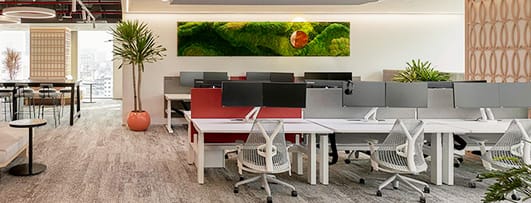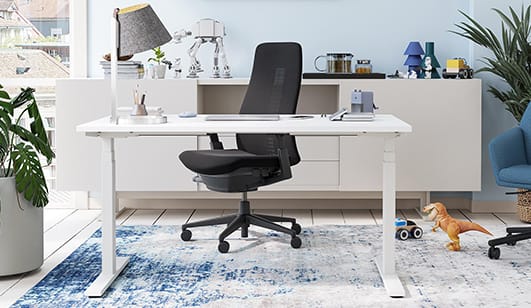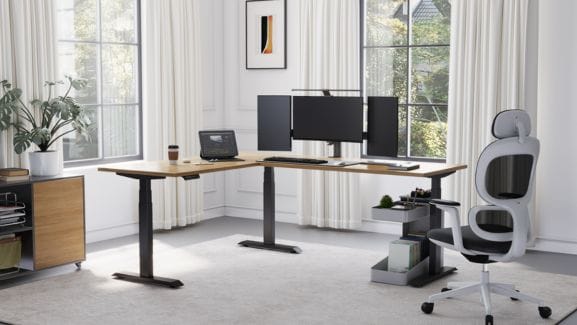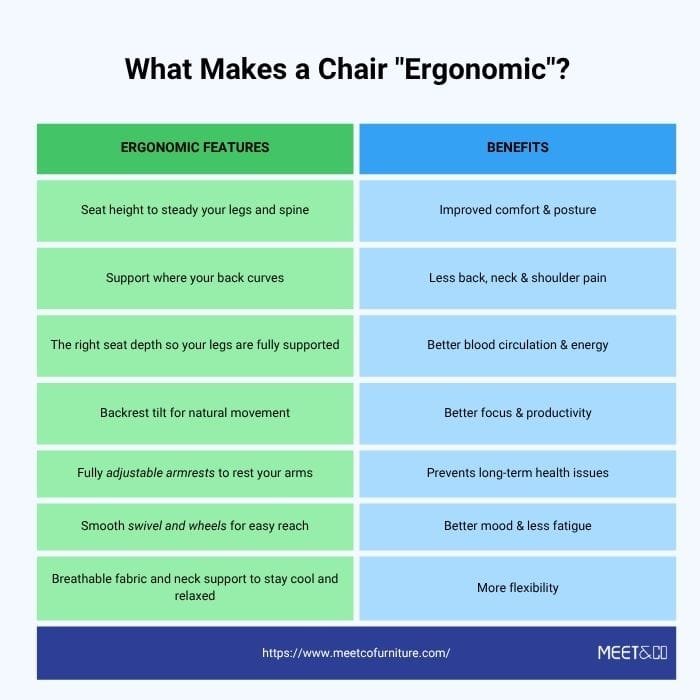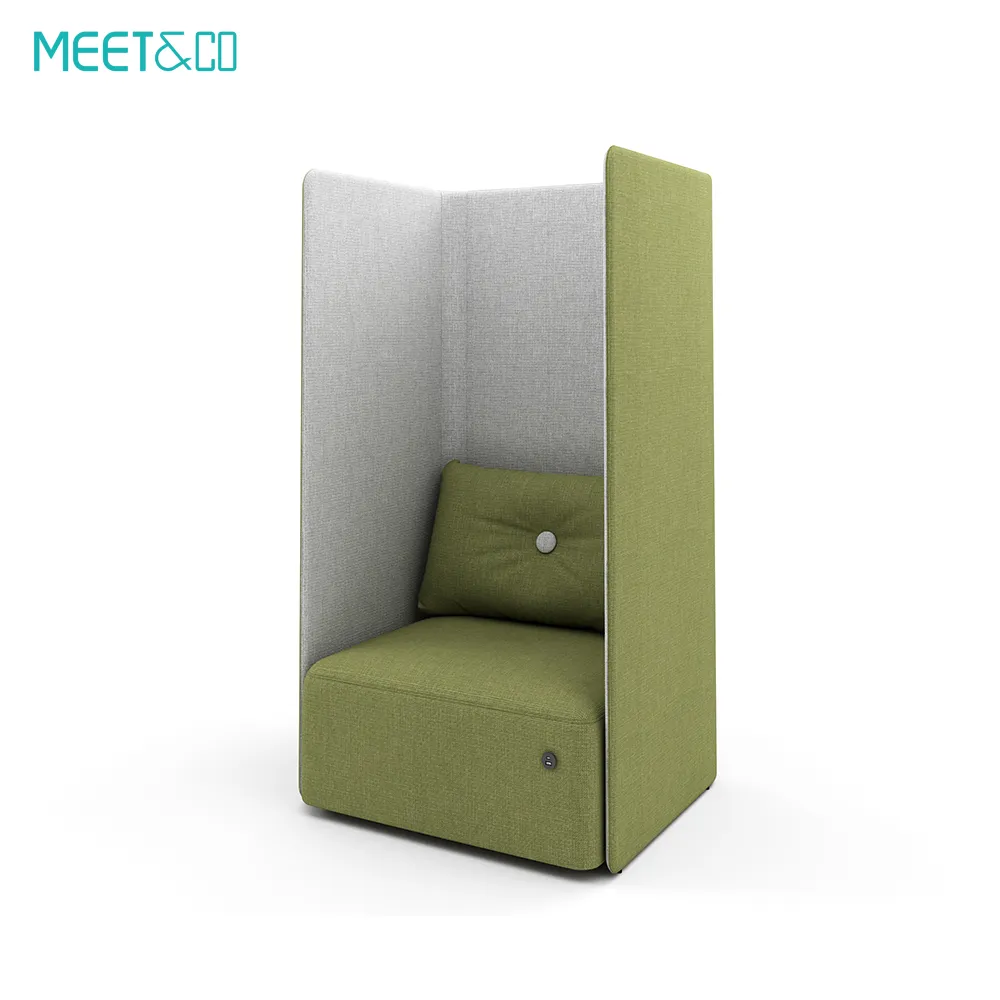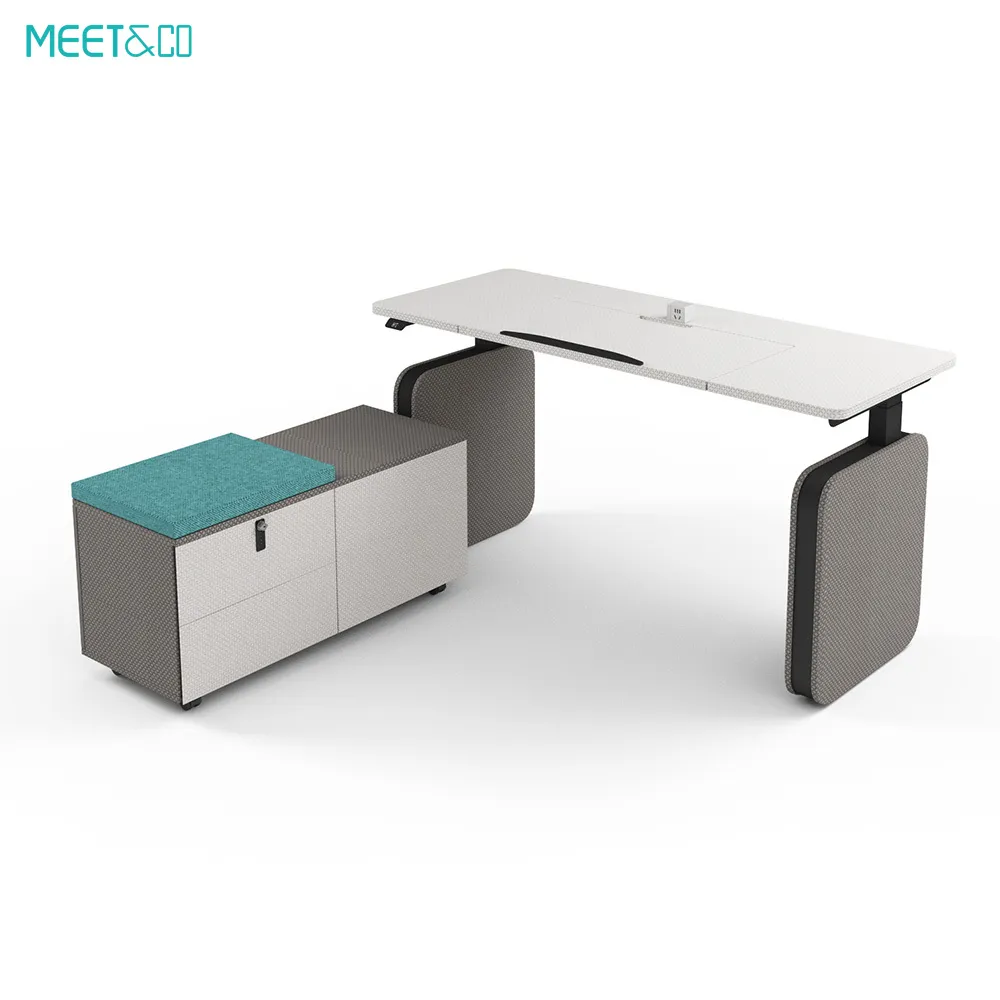Wondering what an ergonomic chair is and why people talk about it so much?
An ergonomic chair is a special office chair made to support your body while you sit. It has lumbar support for your lower back, adjustable armrests you can move, and a customizable seat height so your feet rest flat. These features help your spine stay healthy and ease back pain.
When you sit for hours at a desk, a regular chair can make you uncomfortable. Think of shoulder aches, stiff legs, neck pain, or back pain. But an ergonomic chair adjusts to your body shape and size. That means better posture support and less strain overall.
In this post:
- Why ergonomic chairs matter for your health and productivity
- What to look for in features like seat depth, tilt, and cushioning
- Top ergonomic office chairs you can consider
- Where to find trustworthy wholesalers if you want to buy in bulk
By the end, you’ll know exactly what an ergonomic chair is, how it can improve your workday and health, and where to source one if you’re shopping for multiple chairs.
What Makes a Chair “Ergonomic”?
Let’s keep it simple: what really makes a chair “ergonomic” is having adjustable parts that support your body in all the right ways.
1. Seat Height
You’ll want a height-adjustable chair so your feet can rest flat on the floor. Ideally, your knees form a 90-degree angle so you feel balanced and your legs stay healthy. This helps with circulation and avoids pressure under your thighs.
2. Lumbar Support
Ever come home slouched and sore in your lower back? That’s what good lumbar support is for. Lumbar support is built into ergonomic chairs to match the natural inward curve of your lower back. Many models let you adjust the support up or down, or forward or back. A good lumbar support fits like a puzzle piece and helps reduce muscle strain.
Want to explore more? See: Best Lumbar Support Office Chairs
3. Seat Depth & Back Angle
Good ergonomic chairs let you move the seat pan backward or forward. That means your thighs get enough support without pressing into the back of your knees.
Taller individuals generally need a longer seat depth to reduce contact pressure under the thighs; shorter individuals require a shorter seat depth to avoid pressure behind the knees or sitting on the edge without adequate back support. Office chairs with adjustable seat pans help support different body types. The sweet spot is about 2–4 inches (or 5–10 cm) between the edge of the seat and the back of your knees.
Plus, the backrest tilts and reclines so you can adjust upper body tilt and relax through the day—all helping with posture support.
4. Adjustable Armrests
When your arms aren’t well supported, your shoulders and neck pick up the slack. Good ergonomic chairs have armrests that adjust up/down, in/out, and sometimes angle. They let your arms rest naturally so your shoulders and wrists don’t get tense or strained.
5. Swivel & Wheels
Look for chairs that swivel and have smooth wheels. That way, you can turn or move around without twisting or straining your body. It keeps you flexible and comfortable while you work.
6. Quality Materials & Headrests
Healthy airflow matters, especially if you sit for long hours. High-end ergonomic chairs often use breathable mesh or padding that stays firm over time.
Some also include adjustable headrests to help with neck support and prevent stiffness when you lean back. A headrest can be medicine to one person and poison to another. If possible, the best way is to try it out in an offline store.
In short:
An ergonomic chair gives you flexibility where it counts:
Types of Ergonomic Chairs and When They Work Best
Different ergonomic chair types shine depending on your needs, body type, or office setup.
1. Standard Task / Office Chairs
Best for everyday office use.
These common chairs let you tweak seat height, seat depth, lumbar support, armrest position, and backrest tilt.
If you’re stuck in meetings or doing desk work all day, a task chair with good lumbar support helps maintain posture and ease back pain. Adjust your chair when switching tasks: sit upright for typing, recline for brainstorming.
Ideal for: Anyone who wants flexible posture support in a typical desk setup.
2. Mesh Chairs
Great for long hours in warmer environments.
Working in a hot office or shared workspace? This type of chair is the way to go. A mesh chair like the Budding or Herman Miller Aeron lets air flow while also providing steady neck support and adjustable lumbar support.
With breathable mesh backs and sometimes seats, these chairs reduce heat build-up while offering lumbar support.
3. High‑Back or Executive Chairs
Ideal for back and neck support during extended sessions.
These executive chairs often include tall backrests, padded headrests, and plush cushioning. If you frequently rest back during long calls or need extra neck pain support, a high-back chair gives added coverage and comfort.
If you’re on the taller side, check this guide: Best Big and Tall Office Chairs in 2025.
4. Kneeling Chairs
Great for lower back discomfort.
Designed with a forward-tilt seat that opens the hips and transfers weight to your shins and buttocks. If you suffer from lower spinal compression, a kneeling chair can help maintain spine alignment and reduce lower back strain. Just use it for part of the day to build up tolerance.
5. Saddle Chairs (Capisco-style)
Ideal for sit–stand or active work.
Shaped to mimic a rider’s saddle, these chairs promote a tilted pelvis and upright spine.
You can pair it with a standing desk or tall workstation. A saddle chair helps you switch between standing and sitting naturally with strong posture support and less hip pressure.
6. Active Sitting Chairs (e.g., wobble stools)
Perfect for movement lovers.
These let you rock or shift gently at your desk, helping circulation and engaging core muscles.
Great if you fidget or benefit from micro‑movement during long calls or brainstorming sessions. Keeps you alert and aids blood circulation.
Quick Comparison Table
| Chair Type | Best For | Helps With |
| Task / Office Chairs | All-day desk work | Lumbar support, posture, adjustability |
| Mesh Chairs | Hotter climates or long hours | Breathable comfort + spine support |
| Executive Chairs | Stylish, long meetings or high-back support | Neck support, posture comfort |
| Kneeling Chairs | Core engagement & back alignment | Reduced lower back strain |
| Saddle Chairs | Standing desk users, active posture needs | Hip opening, spinal curve support |
| Active Sitting Chairs | Users who want movement while seated | Circulation, core activation |
| Drafting / Stand-assist | Working at tall desks or alternating postures | Flexible height support |
Top Ergonomic Office Chairs in 2025
1. Steelcase Gesture
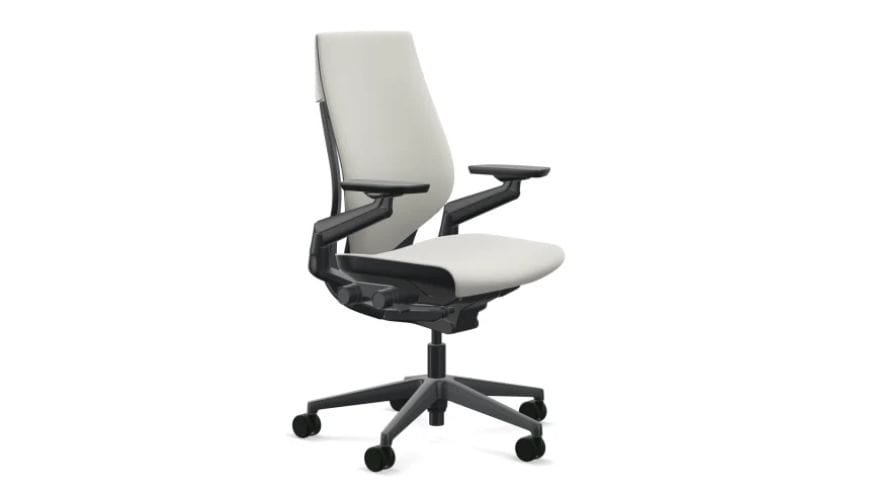
One of the best office chairs for back pain on the market. Think of the Gesture as the superhero of posture support. It uses LiveBack™ tech so the backrest and seat move with your spine, whether you’re typing on a laptop, texting on a tablet, or leaning back to think. Its “360 arms” adjust in nearly any direction, giving support wherever you rest your elbows. Its lumbar support sticks with you. Even when you shift or fidget, it keeps steady lower-back pressure—no constant re-adjusting.
Is it worth the price?
If you:
- Work long hours (especially from a home office)
- Switch between devices constantly
- Have chronic back pain or stiffness
- Prefer full adjustability
2. Herman Miller Aeron
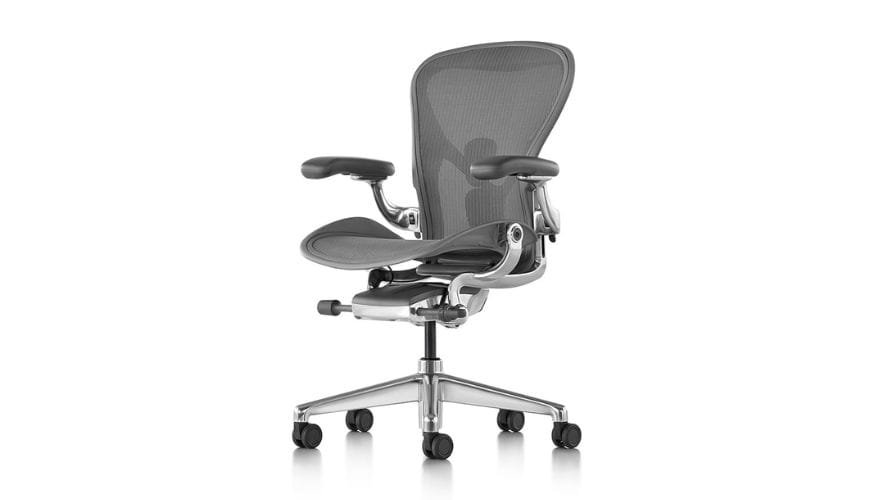
An icon and a fan favorite for a reason! The Aeron uses breathable pellicle mesh to help keep you cool during long work sessions and relieve pressure. Its PostureFit SL lumbar system aligns your spine and supports your neck. It’s a top option for those needing solid office chairs for back pain and posture support, and it’s widely used in sleek office setups.
Aeron comes in three sizes and supports a wide range of body types. Its sleek, modern aesthetic make it a favorite for executive suites and home office setups. It’s built to last and comes with 12-year warranty.
Is it worth the price?
If you:
- Have back pain needing all-day relief
- Want to stay cool during long work hours
- Want a proven, long-lasting chair for your home office
- Values durability and warranty
3. Meet&Co Budding Chair
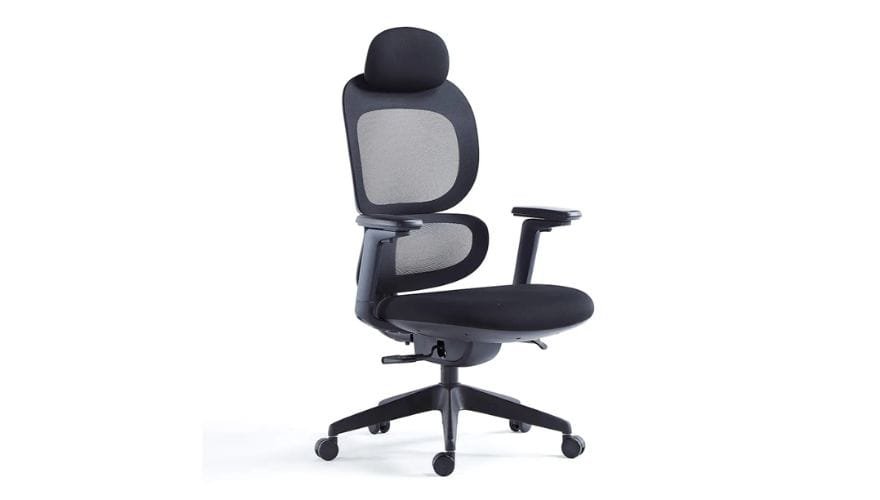
Meet&Co is a professional furniture manufacturer known for its modern and functional designs. The Budding Chair combines simplicity with ergonomic support, making it suitable for various work environments.
Features:
- Breathable mesh back for improved airflow
- Adjustable seat height and lumbar support
- Sleek, minimalist design
- Various colors
- Budget-friendly
- Customization options
This ergonomic chair offers more customization options, like mesh seats, fabric seats, adding a footrest, or choosing different chair bases.
Its simple assembly and clean design avoid a cheap feel. It’s an ideal choice for both professional and home offices. While it’s more basic than premium, it’s still a practical choice for everyday use where “good enough” support is important. It’s ideal for
- Offices that need to order in bulk
- Hybrid workers on a budget
- Tall users who prioritize space over advanced features
4. Branch Verve Chair
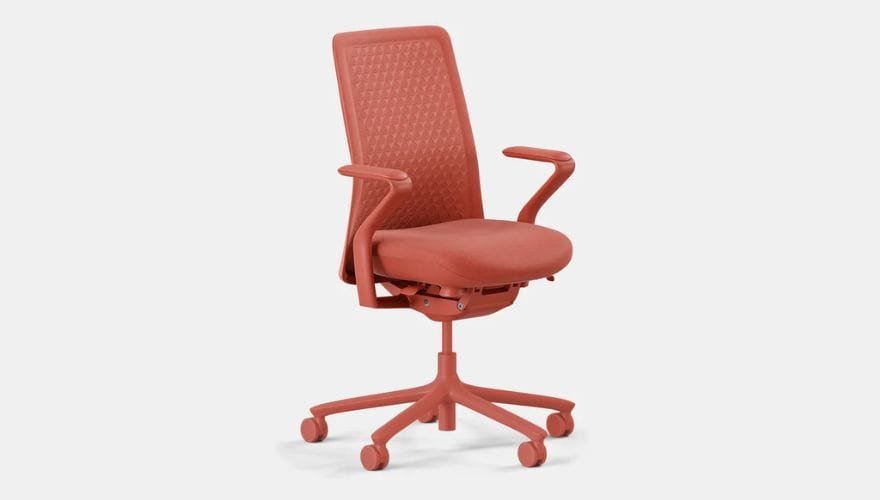
Branch is a U.S.-based company specializing in ergonomic office furniture.
Its Branch Verve Chair blends breathable knit mesh, padded lumbar support, and multitask‑ready adjustability. It’s often cited as one of the best budget ergonomics chairs, ideal for home office environments or small business setups.
Features:
- Adjustable lumbar support and armrests
- Breathable 3D knit backrest
- Supports up to 275 lbs
- Available in multiple colors
It’s a great mid‑range option—not too heavy, not too cheap—for those focused on posture support, comfort, and value up to 8 hours a day.
5. SIHOO M57 Ergonomic Office Chair
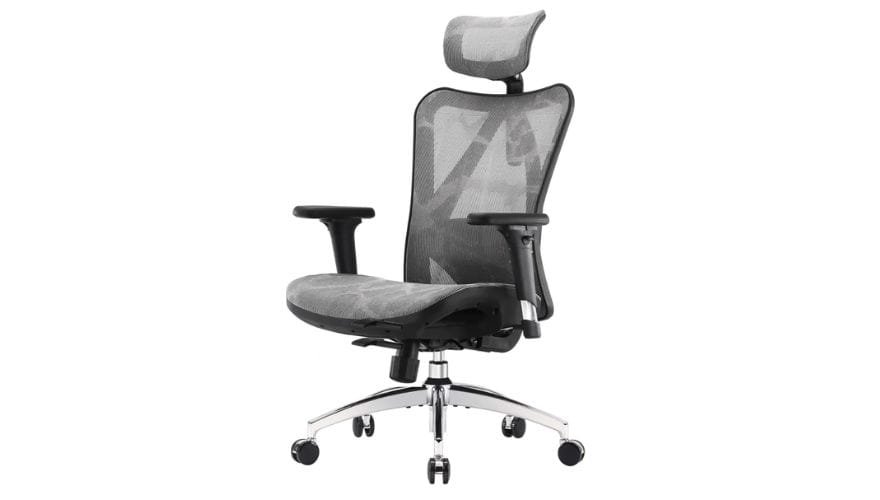
The Sihoo M57 (and its close sibling M18) is a standout under $300 option for ergonomic comfort. It offers even small business users or remote workers an ergonomic option for less.
Features you may like:
- Height and angle adjustable headrest
- Integrated S-shaped backrest
- 2D adjustable lumbar support
- 3D adjustable armrests
- Breathable mesh seat cushion
- Reclines up to 130°
It’s praised by users for alleviating neck pain and back strain during long hours—even at a modest price—making it a perfect home office chair for those looking to upgrade on a budget.
Ideal for: Users needing customizable support for 8+ hour days—especially those with back pain or varying body types (5’2″ to 6’5″, up to 330 lbs).
Where to Find an Ergonomic Chair Wholesaler
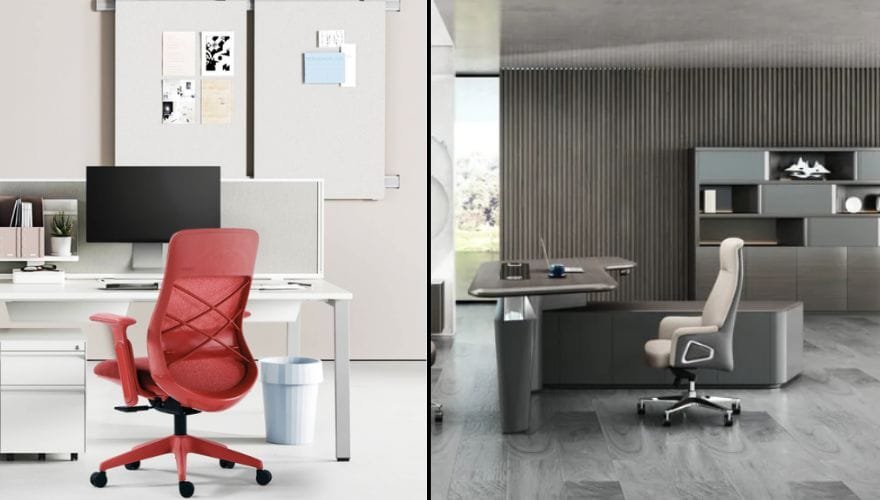
Buying in bulk for offices, startups, or coworking spaces? Follow this roadmap:
1. What to Look For in a Wholesaler
- Bulk Pricing & Discounts: Search for volume pricing and clear terms for shipping, returns, and minimum orders.
- Certified Ergonomic Features: Chairs should meet standards like ANSI/BIFMA in North America or ISO equivalents, and list specs like seat height range, lumbar adjustment, tilt options, and armrest flexibility.
- Samples & Showrooms: Trusted suppliers offer sample chairs or showroom trials before committing.
2. Where to Source
- Office furniture wholesalers or B2B suppliers focusing on ergonomic seating.
- Direct-from-manufacturer distributors, especially in regions known for office furniture production.
- Trade shows and industry expos are great for testing chairs and negotiating bulk deals.
- Online B2B marketplaces like Alibaba, Global Sources, or specialized office furniture platforms.
3. Key Factors When Choosing
| Consideration | Why It Matters |
| Adjustability Specs (height, seat depth, tilt) | Ensures proper posture support and comfort for diverse users |
| Certifications | Confirm ergonomic claims and safety standards |
| Return & Warranty Terms | Protects investment if products don’t fit or fail |
| Shipping and Logistics Options | Flat-rate delivery, warehousing support, or local export clearances |
| Customization Options | Logo, fabric color, or model variants for corporate branding |
FAQs
1. Can an ergonomic chair actually ease my back pain?
Yes, if it’s properly adjusted.
Good ergonomic chairs reduce strain by:
- Aligning your spine’s natural curve
- Taking pressure off discs and joints
- Encouraging movement (not rigid sitting)
Key: Look for adjustable lumbar support and seat depth. They make a real difference.
2. How long can I safely sit in it?
Even the best chair isn’t a cure-all.
- Supportive sitting: 30-60 min stretches
- Must-do breaks: Stand, stretch, or walk for 2-5 mins every hour
- Why? Prevents stiffness, boosts blood flow, resets posture
3. How do I keep my chair working well for years?
3 simple habits:
- Weekly: Wipe down with a damp cloth (no harsh cleaners!)
- Monthly: Tighten bolts, check levers/armrests
- Every 6 months: Rotate seat cushion (if removable)
- Avoid direct sun (fades/weakens materials) and extreme cold (can crack plastic)
Pro tip: Sticky casters? Flip the chair over, pluck out hair/dust trapped in the wheels.

